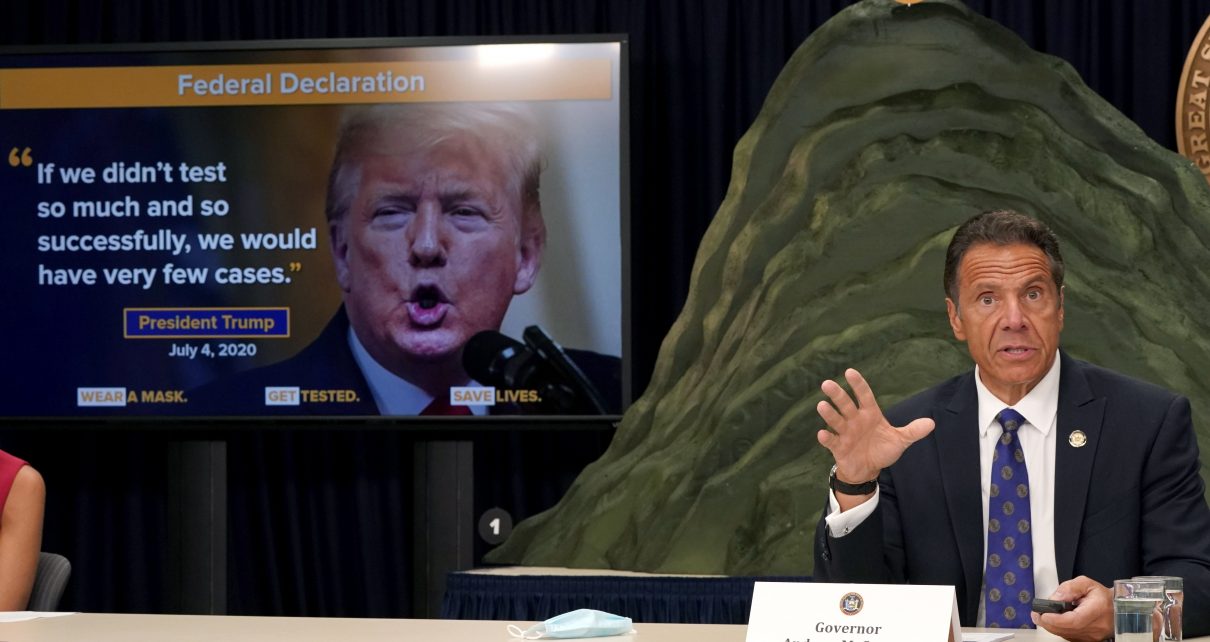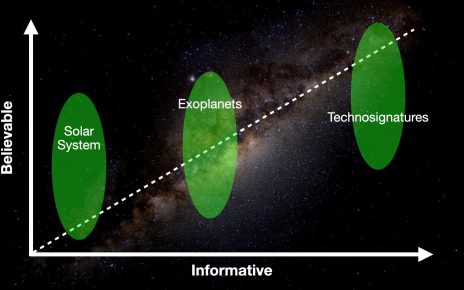As the vast majority of businesses and states have tried to reopen and people rush back to public life, they’ve run headlong into the trap of “getting back to normal.” They didn’t realize we’re heading into a period of waves of restrictions once again, due to many states reopening too soon.
Indeed, some of the states to open early onward have already reimposed some restrictions, showing that, as I predicted in a newspaper editorial back in early March, we will be facing rolling waves of restrictions and shutdowns until we have a vaccine, and that we need to focus much more on virtual interactions. To avoid the trap of normalcy, we need to understand the parallels between what’s going on now, and what happened at the start of the pandemic.
Many prominent business and political leaders downplayed the pandemic in its early stages. As a result, most business owners and ordinary citizens initially perceived the pandemic as little worse than the common cold.
This initial impression cemented their beliefs about the threat posed by COVID-19. In neuroscience and behavioral economics research, scientists like me call such initial impressions an “anchor.” Our minds tend to fall into a dangerous judgment error called the anchoring bias, or focalism, where we give too much credit to the initial piece of information we received on a topic and perceive the rest of the information through the filter of that initial impression. That means as new information became available about the danger of COVID-19, people stuck to their initial impressions. They felt very reluctant to change their minds based on new evidence.
Nowhere is this more evident than in guidance on wearing masks. Initially, the CDC indicated that there’s no need to wear masks to protect yourself or others from COVID-19. Over time, as research evidence accumulated on the benefits of wearing masks, the CDC changed its guidelines, highlighting the importance of masking in public. That’s how science works: changing evidence results in changing guidelines.
But that’s not how our brains work, at least for those without training in critical evaluation of evidence.
The result? Many disregarded the new guidance, especially if those they considered authority figures did not reinforce it. Consequent to a mental blind spot called emotional contagion, we tend to adopt the perspectives of those we see as authority figures. With their guidance, we can overcome initial anchoring; without it, we will stick to our initial perspective.
Just as problematic is another dangerous judgment error that cognitive neuroscientists call normalcy bias. This mental blind spot refers to the fact that our gut reactions drive us to feel that the future, at least in the short and medium term of the next couple of years, will function in roughly the same way as the past: normally.
As a result, we tend to vastly underestimate both the possibility and impact of a disaster striking us. Moreover, we will rush to get back to normal even when we should be preparing for the aftershocks or continuation of the disaster.
We know that the best way to deal with COVID-19 conclusively involves finding a vaccine. It usually takes a decade or more to develop one, as a result of the high costs of research and the safety regulations around the approval process. Fortunately, government, market and philanthropic forces have combined to channel extensive funding toward developing vaccines and minimizing the approval process standards to the bare minimum needed to ensure safety and effectiveness.
Still, while over a hundred organizations launched projects to develop vaccines, and several have created a viable prototype, it will take many months for the vaccine to go through human trials. In the ideal scenario, if one of the first several vaccines does successfully make it through trials and proves highly effective without any unacceptable side effects—a very big if—we might have a vaccine approved for widespread use by summer of 2021.
What then? Well, we need to mass-produce the vaccine, to distribute it to the most vulnerable among us, and eventually to give it to everyone. Producing enough vaccine for only, say, the 100 million most vulnerable Americans would itself take a few months. You also have the obstacle of distributing it and actually vaccinating people, as well as dealing with anti-vaxxer sentiments, so add another few months. That brings us into the start of 2022 on a highly optimistic timeline.
But given the fact that only a very small percentage of all vaccines make it through the trials, we shouldn’t expect that we’ll get so wonderfully lucky, considering the possibilities of either unacceptable side effects or insufficient effectiveness. More realistically, it might be not until 2023–24 when we get a sufficiently safe and effective vaccine.
Now, this information was known as early as February. However, the normalcy bias makes it very difficult for us to imagine that our world can turn upside down so quickly. In early 2020, it was extremely uncomfortable for political and business leaders, and ordinary citizens, to even begin to imagine that it wouldn’t be until early 2022—and more realistically 2024–25—that we could, with incredible luck, expect to vanquish COVID-19. This is despite clear statements from the best scientific experts to that effect.
The normalcy bias, anchoring bias and emotional contagion are three of over a hundred mental blind spots that cognitive neuroscientists and behavioral economists like me call cognitive biases, which cause us to make bad decisions in areas from professional lives to shopping choices. Fortunately, recent research by scholars, including my own work, has shown how we can effectively defeat such dangerous judgment errors.
First, we won’t get anywhere if we don’t face the facts. We need to acknowledge that COVID-19 fundamentally disrupted our world, turning it upside down in a few short weeks in February and March 2020. Regrettably, it will not disappear; believing that it will helped get us mired so deep in this mess, making the U.S. outbreak one of the worst in the world in terms of deaths per capita.
Next, we need to understand and evaluate where each of us has fallen into these biases, and to evaluate the pain we cause ourselves by doing so. Then, we need to consider the long-term impacts realistically, and plan for a scenario that addresses the likelihood of major disruptions.
So, prepare to deal with waves of restrictions and loosenings for the long haul, especially as it’s likely that the coronavirus will get worse in the fall, as weather gets colder and we spend more time indoors. Remember, even if you made some bad decisions in the past, you always have the opportunity to make better decisions going forward to survive and thrive through the pandemic.




